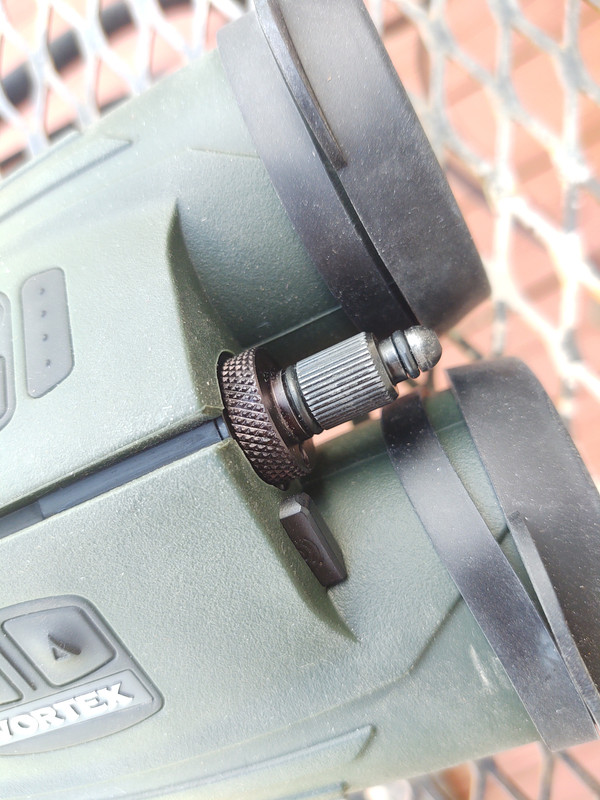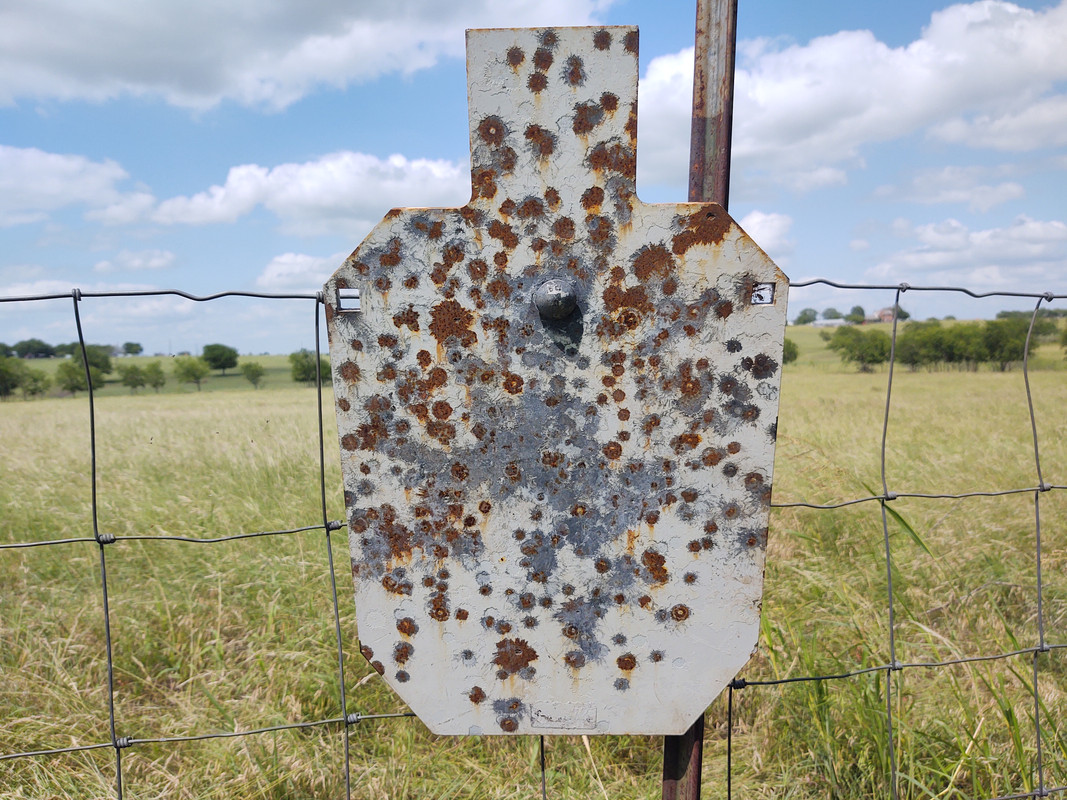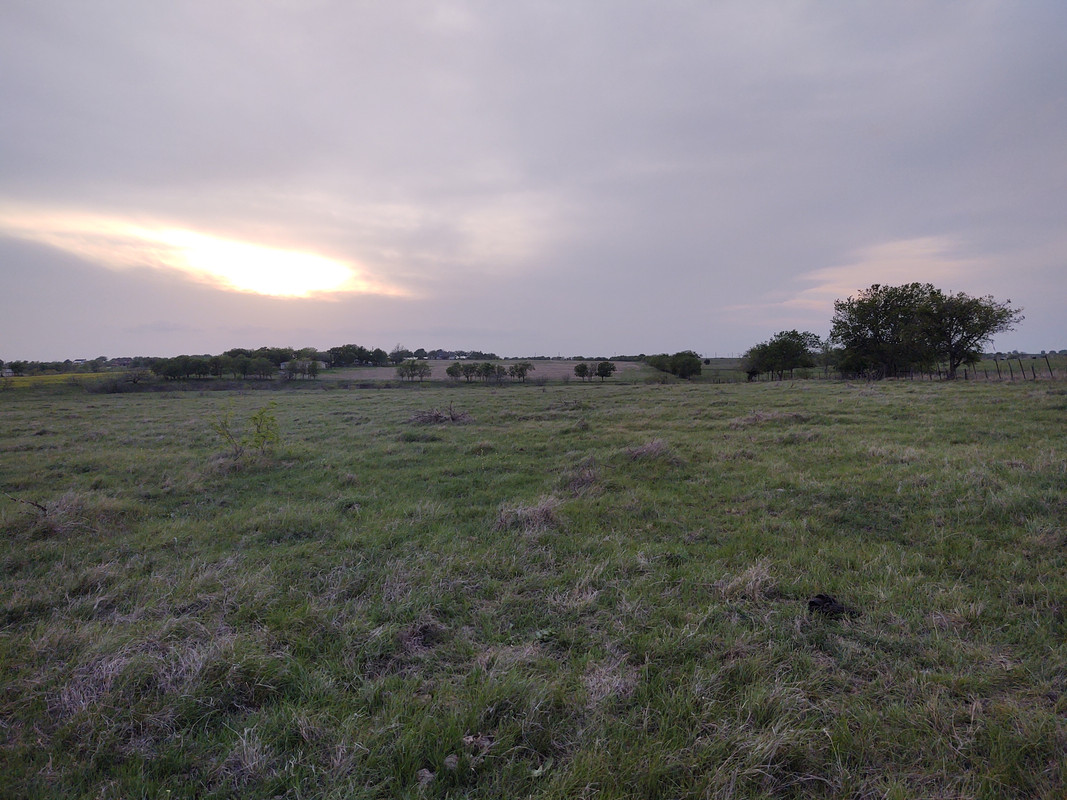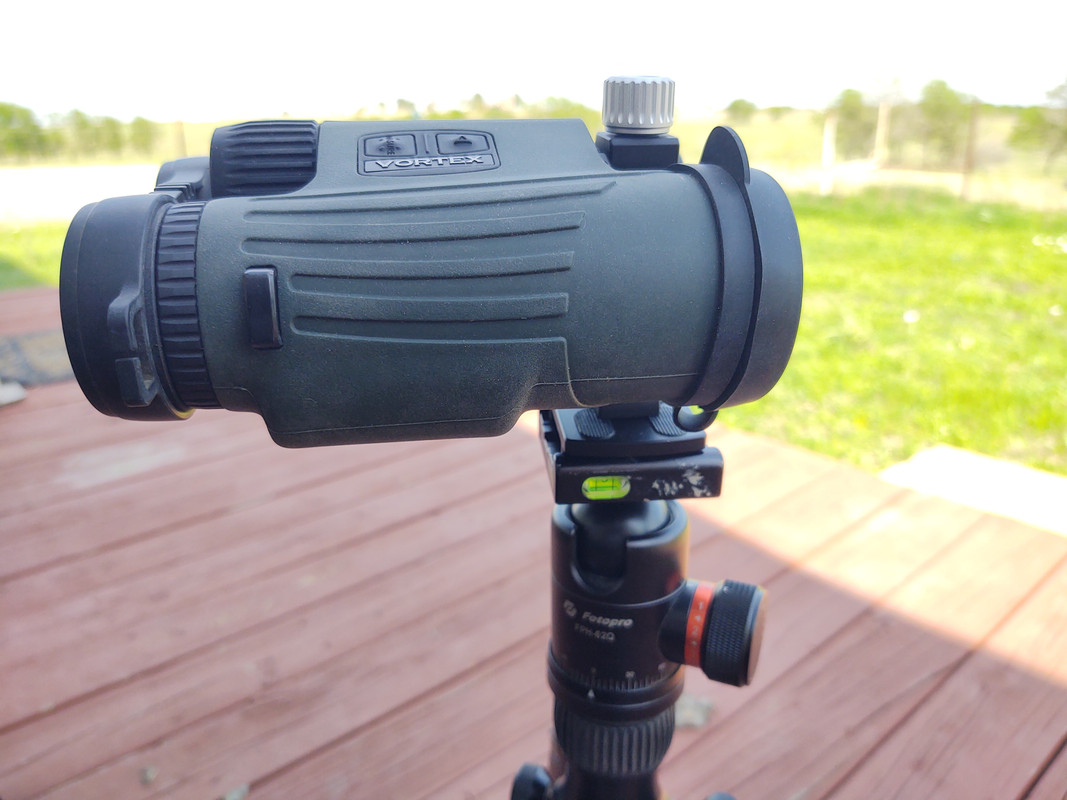Whenever a new rangefinder comes out, the first thing I usually look at these days is what does it do with the data. There are a lot of RF’s out there, and most of the flagship models for each company are doing pretty well in the ranging department. No, they usually do not hit deer at their stated maximum range, as those are based on truly reflective targets, but most of the decent ones reach out there pretty far. What makes an RF stand out to me these days is what it does with the data that makes me able to hit my target faster and more efficiently, its all about the workflow. Consequently, an RF that only provides LOS and angle modified range, and does nothing more, is not what I am looking for. So when Vortex released their original Fury 5000, I was not really interested in checking it out. But a few months back, they really upped the game on their Furys, and I got interested, so I reached out and they were kind enough to send me a set to evaluate, along with their pro tripod mount.
Overall, the Fury AB’s are the same as the Fury 5000 in terms of glass and basic ranging. Consequently, while I will discuss the glass and ranging capabilities, it will be relatively brief, as there is a lot of information out there about the Fury 5000s already. What is new is the ballistics systems they have added, and I do mean plural. These are what caught my eye and are what make the new Furys stand out, so I’ll spend most of my time there. Still, as everyone’s conditions are different, it is worth noting what I experienced in ranging and optics, especially verses some of the RF’s I have on hand, to give you an idea of how these generally perform.
What’s in the box
There are plenty of unboxing reviews out there right now, so I won’t spend too much time here, but suffice it to say, the Furys come well accessorized. In the box are eye piece and objective covers, their glasspack bino pack, as well as a standard strap. Of course there are manuals, a battery, etc..the point is, they pretty much provide you with everything you need to get rolling, and thankfully, to do so while protecting your RF and optics. The glasspack bino pack reminds me a lot of a stripped down AGC, and I found it totally serviceable. That said, I probably was most thankful for the covers. Packs or no, keeping the dirt and sand off the lenses is of paramount importance, and I am glad Vortex made sure to put a set in with the Furys.
Handling, Fit and Finish
In terms of handling, these binos are a little different than other RF’s I have used so far. Instead of the regular two button systems, there are five on the Fury, owing to the wind input system which I’ll cover shortly. Two buttons are what you normally expect in terms of function (range and options), and the other three are for the wind input system. Like most RF binos, there are diopters on each barrel, one for regular optic focus, the other for reticle focus. Of course, there is the center focus like most binos have as well. While there is no lock on the diopters, they were pretty stiff, but not so much that you could not make fine adjustments. While I would prefer locking diopters, I must say that during the 2+ months that I had these for testing, I never once lost my adjustments, so they worked just fine.
Overall in the hand, they felt just fine, eye relief was great, even with my glasses and deepset eyes. They spread wide enough for my face and no one I had look through them had any problem getting them to fit. They are fairly compact, though a little thick, for a 10x42, the armoring feels good in the hand, overall, I had no complaints about the fit, finish or feel.
One thing Vortex thought about was battery changes in the field. The battery compartment has a smart flip up lever that allows you to unscrew the cap easily and replace it without the need for a coin or tool. There is a rubber seal on the bottom of the cap to help the Furys get an IPX 7 rating.

The pro mounting system includes a stud adapter that threads right in and stays on pretty much identical to the Outdoorsman’s system, but they are not compatible. But the threads are standard, so any standard tripod system will work
And like most binos these days, the front hinge cover removes to reveal a threaded socket that accepts standard bino to tripod adapters. Overall, they felt solid, well-made and I really could not come up with any complaints on the physical design or ergonomics of the Furys.
Optics
In terms of optics, when talking to Vortex, they described them as basically being the same as Viper HD’s. There will be some differences, as the coatings required for the RF side of the bino is different, but overall, that is the expectation. I don’t have a set of Vipers, but I did compare them to my Sig 3k’s and my Zeiss FL’s. Overall, as expected, the FL’s were the nicest of the three, had the deepest penetration into low light and overall, had that special something that you get from alpha glass, even being as old as these particular ones are. I certainly did not expect the Furys or the Sigs to keep up with the FLs, and they did not. But the difference was not as much as you might expect, and their inability to do so should by no means be misunderstood to say that they were poor.
To put their optical performance it into perspective, I tested on a standard optical chart at 50 yards on an overcast day. With my son, we checked all three binos starting an hour before sunset until 30 minutes after sunset. The Sigs and the Furys were very close, I’d say they were fairly equal, with their relative positioning against each other swapping places back and forth. As expected, the FL’s were better, but again, it was not the difference between fine optics and coke bottles. The difference was apparent, but both the Sig and the Furys did a good job and, judging based on a lot of time with the Sigs, I know the Furys will do just fine in the field. After examining the chart to the end of shooting light, in order to get an idea of how they would perform on living things in low light, I proceeded to glass into the fields around my house to see if I could pick up cattle and other features in the dark. At this point, it was probably 40-45 minutes after sunset, and I could pick up cattle, grass features, even the shape of the 2x4’s that we use as target frames that are 275 yards from our house. Overall, to my eyes, the optics were at least as good as expected considering the price point and the package, indeed, probably a little better.










